Sign up for workout ideas, training advice, reviews of the latest gear and more.

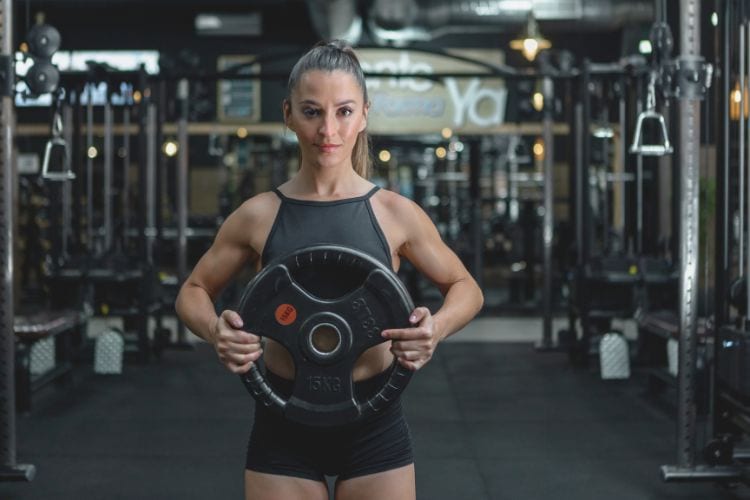
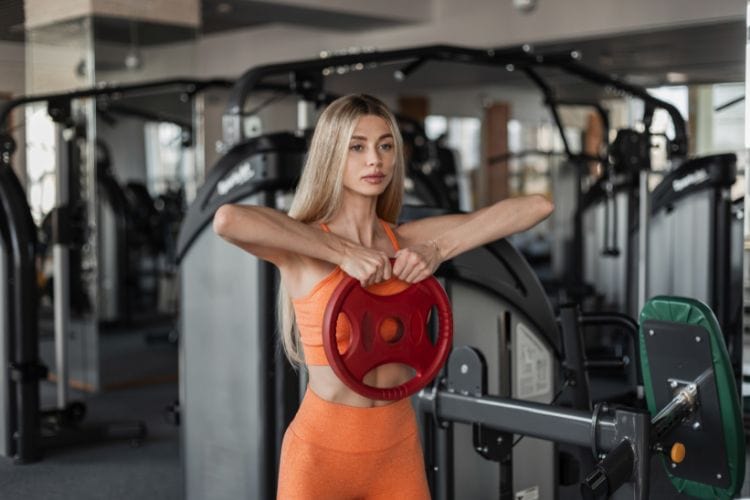
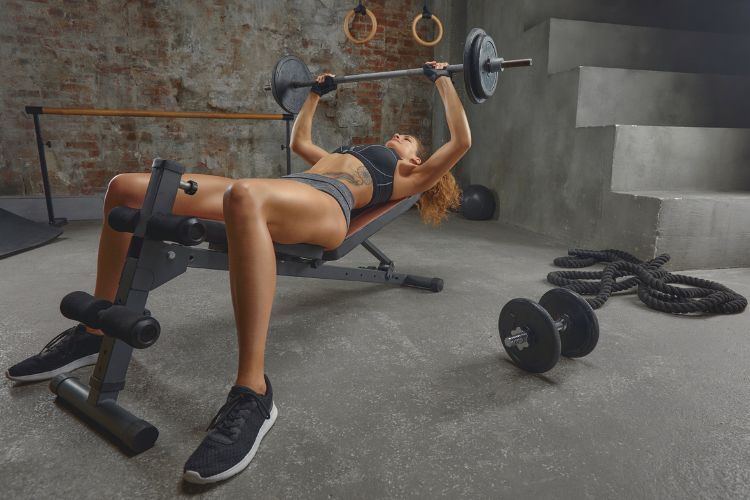
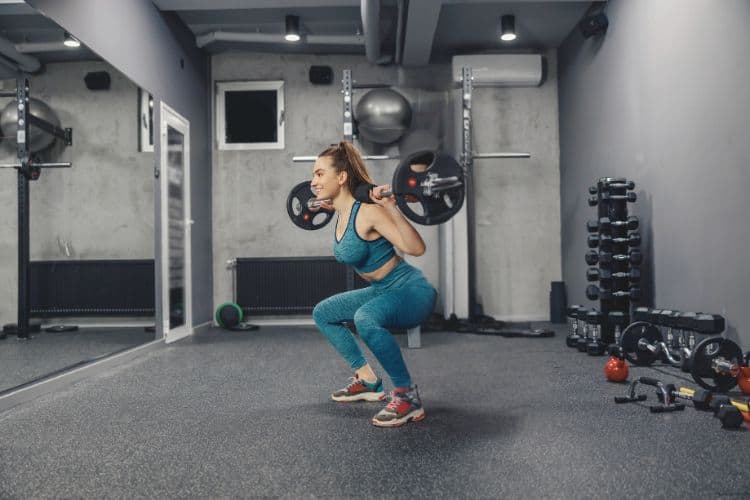
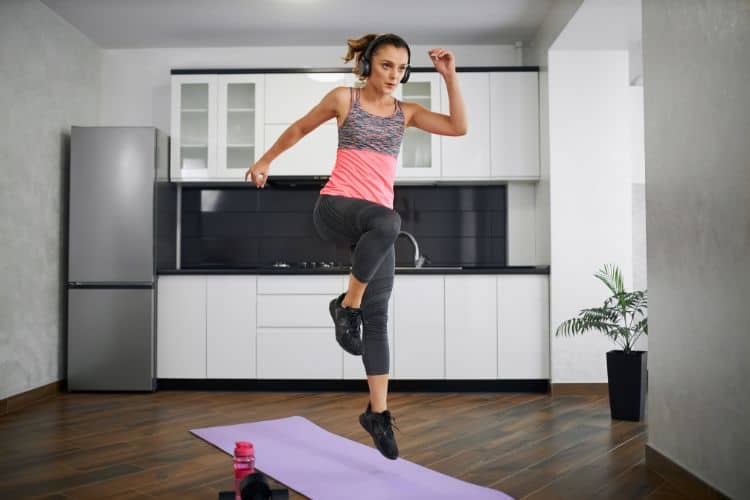
In today’s fast-paced world, finding time to stay fit can be challenging. That’s where 30-minute HIIT (High-Intensity Interval Training) cardio workouts at home come in. They’re short, effective, and require no gym membership or fancy equipment. Whether you’re aiming to lose weight, improve heart health, or increase energy levels, these workouts offer maximum results in minimal time.
This blog will guide you through the benefits, structure, and sample routines of HIIT cardio workouts that you can do in your living room with little to no equipment. Let’s dive in!
HIIT involves short bursts of intense exercise followed by brief periods of rest or low-intensity movement. For example, 40 seconds of jumping jacks followed by 20 seconds of walking in place. This cycle is repeated for a total of 20 to 30 minutes.
The beauty of HIIT lies in its ability to elevate your heart rate quickly, tapping into anaerobic zones that boost metabolism, improve cardiovascular health, and promote fat burning even after the workout ends — a phenomenon known as EPOC (Excess Post-Exercise Oxygen Consumption).
You don’t need an hour-long workout to see results. A well-structured 30-minute HIIT cardio workout at home can:
HIIT workouts elevate your metabolism and increase calorie burn not just during the workout but also for hours afterward. This afterburn effect helps reduce stubborn body fat, particularly around the belly.
There’s no need for a gym membership, expensive machines, or long commutes. All you need is your body weight and about 6 feet of space in your home.
Studies have shown that HIIT improves VO2 max and cardiovascular efficiency even more effectively than traditional cardio, which lowers your risk of heart disease and improves endurance.
When paired with bodyweight resistance exercises like squats, push-ups, or mountain climbers, HIIT helps maintain and build lean muscle mass while torching fat.
HIIT releases endorphins, reduces cortisol, and enhances cognitive function — all in just 30 minutes, making you feel energized and focused for the rest of the day.
A typical HIIT session consists of a warm-up, a main workout phase with intervals, and a cool-down. Here’s how you can break it down:
Start with light cardio to prepare your muscles and joints. Try:
Perform 5 exercises in a circuit. Do each move for 40 seconds, rest for 20 seconds, and repeat the circuit 3–4 times.
Example format:
Lower your heart rate gradually and prevent soreness. Focus on:
Here are three different workout routines to keep your sessions fresh and engaging:
Round Format: 40 sec work / 20 sec rest
Repeat 3–4 rounds depending on fitness level
Perfect for those with joint issues or living in an upstairs apartment.
Keep rest periods short but allow longer breaks between rounds if needed
This is a more intense version ideal for those already active.
Go all out with 4 full rounds and 30–60 sec rest between rounds
Prioritize proper form over reps. Sloppy movements can lead to injury and reduce effectiveness.
Download a HIIT timer or set up interval alarms to stay on track and avoid constantly checking the clock.
You’ll sweat a lot even in 30 minutes, so drink water before starting and during your cool-down.
Change your exercises weekly to prevent boredom and stimulate different muscle groups. Try alternating between full-body, core-focused, or strength HIIT sessions.
If you’re new to HIIT or just getting back into fitness, modify movements, increase rest intervals, and gradually work your way up.
Although bodyweight HIIT works great, incorporating simple equipment can challenge your body in new ways:
HIIT is incredibly versatile and suitable for a wide range of individuals, including:
Always consult your doctor before starting a new workout routine, especially if you have any underlying conditions.
2–4 times per week is ideal. Rest days or light activity days are recommended in between to allow recovery.
Yes, especially when combined with a healthy diet. HIIT targets visceral fat effectively through elevated calorie burn and metabolic rate.
Absolutely. Skipping a warm-up can increase injury risk. Always spend 5 minutes activating your muscles and joints.
While HIIT helps retain lean muscle, pairing it with resistance-based HIIT or strength sessions (like dumbbell or kettlebell HIIT) will improve muscle tone.
You don’t need an expensive gym membership or an hour of your day to get in shape. With 30-minute HIIT cardio workouts at home, you can burn fat, tone muscle, and boost your metabolism — all from your living room.
Whether you’re a beginner easing into fitness or a seasoned athlete looking for a quick sweat, HIIT adapts to your needs. Start with a warm-up, choose your routine, push hard during intervals, and don’t forget to cool down. Stay consistent, fuel your body with nutritious foods, and you’ll start seeing results in no time.
Start today — your healthier, stronger self is just 30 minutes away.
Stay up to date on the latest women’s health, fitness and lifestyle trends and tips.